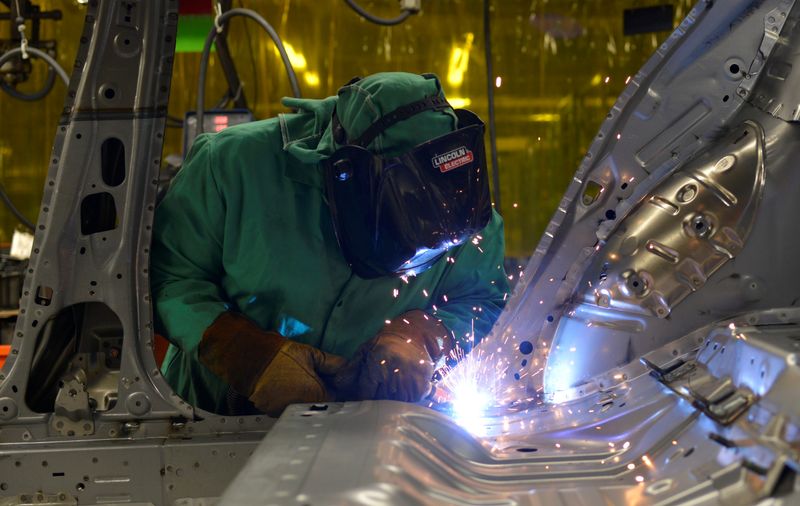WASHINGTON (Reuters) – New orders for U.S.-made capital goods fell in December, while shipments declined for a second straight month, suggesting that higher borrowing costs were now pressuring manufacturing.
Orders for non-defense capital goods excluding aircraft, a closely watched proxy for business spending plans, slipped 0.2% last month, the Commerce Department said on Thursday. These so-called core capital goods orders were unchanged in November.
Economists polled by Reuters had forecast core capital goods orders falling 0.2%. Core capital goods orders increased 8.3% on a year-on-year basis in December.
Higher interest rates are undercutting demand for goods, which are mostly bought on credit. The dollar’s past appreciation and a softening in global demand are also hurting manufacturing, which accounts for 11.3% of the U.S. economy. In addition, spending is also shifting back to services.
The Federal Reserve last year raised its policy rate by 425 basis points from near zero to the 4.25%-4.50% range, the highest since late 2007.
Shipments of core capital goods dropped 0.4% after declining 0.2% in November. Core capital goods shipments are used to calculate equipment spending in the gross domestic product measurement. Business spending on equipment contracted in the fourth quarter.
While orders for items ranging from toasters to aircraft that are meant to last three years or more rebounded 5.6% in December, that was because of a surge in the volatile civilian aircraft category. The so-called durable goods orders fell 1.7% in November.
Orders for transportation equipment rebounded 16.7% after falling 5.0% in November. Motor vehicle orders rose 0.7%. Orders for civilian aircraft rocketed 115.5%.
(Reporting by Lucia Mutikani; Editing by Andrea Ricci)
